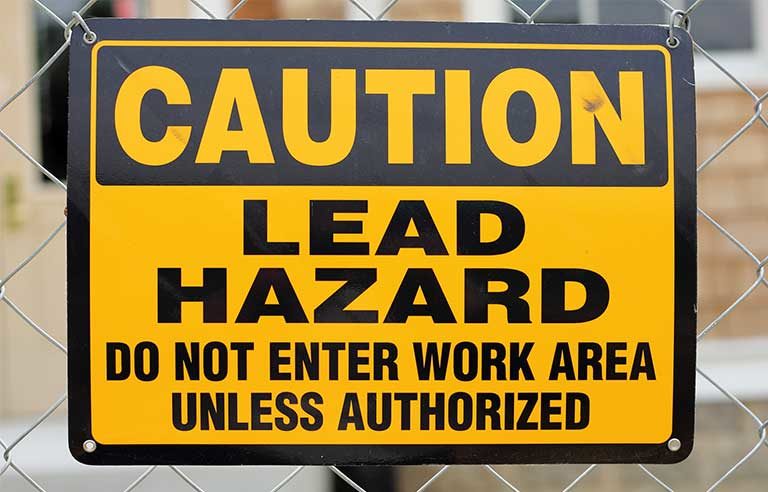Construction workers’ families at risk from ‘take-home toxins,’ study finds

Boston — Construction workers are at increased risk of unintentionally tracking various toxic metals from the jobsite into their homes – potentially putting family members at risk, results of a recent study show.
Researchers from Boston University’s School of Public Health and Harvard University’s T.H. Chan School of Public Health visited the homes of 27 workers (21 in construction) who had at least one child to collect dust samples and make observations. They identified and measured for 30 different toxic metals. The workers completed a questionnaire regarding work- and home-related practices that could affect exposure.
Results showed that the construction workers’ homes had higher concentrations of arsenic, chromium, copper, manganese, lead, nickel and tin dust than the homes of the other workers, who had janitorial or automobile repair jobs.
The higher concentrations were associated with worker factors such as not having a work locker to store clothes, mixing work and personal items, not having a place to launder clothes, and not washing hands and changing clothes after work.
The researchers say the new data underscores the need for more proactive and preventive measures to reduce so-called “take-home toxins,” including policies, resources and education for workers and their families.
| Sign up for Safety+Health's free monthly email newsletters and get the news that's important to you. |
“Many professions are exposed to toxic metals at work, but construction workers have a more difficult job implementing safe practices when leaving the worksite because of the type of transient outdoor environments where they work, and the lack of training on these topics,” lead study author Diana Ceballos, an assistant professor of environmental health and director of the Exposure Biology Research Laboratory at BU, said in a press release. “It is inevitable that these toxic metals will migrate to the homes, families and communities of exposed workers.”
Ceballos adds that the issue is compounded when construction workers live in disadvantaged communities or substandard housing that may already contain toxic metals.
The study is scheduled to be published in the June issue of the journal Environmental Research.
Post a comment to this article
Safety+Health welcomes comments that promote respectful dialogue. Please stay on topic. Comments that contain personal attacks, profanity or abusive language – or those aggressively promoting products or services – will be removed. We reserve the right to determine which comments violate our comment policy. (Anonymous comments are welcome; merely skip the “name” field in the comment box. An email address is required but will not be included with your comment.)

